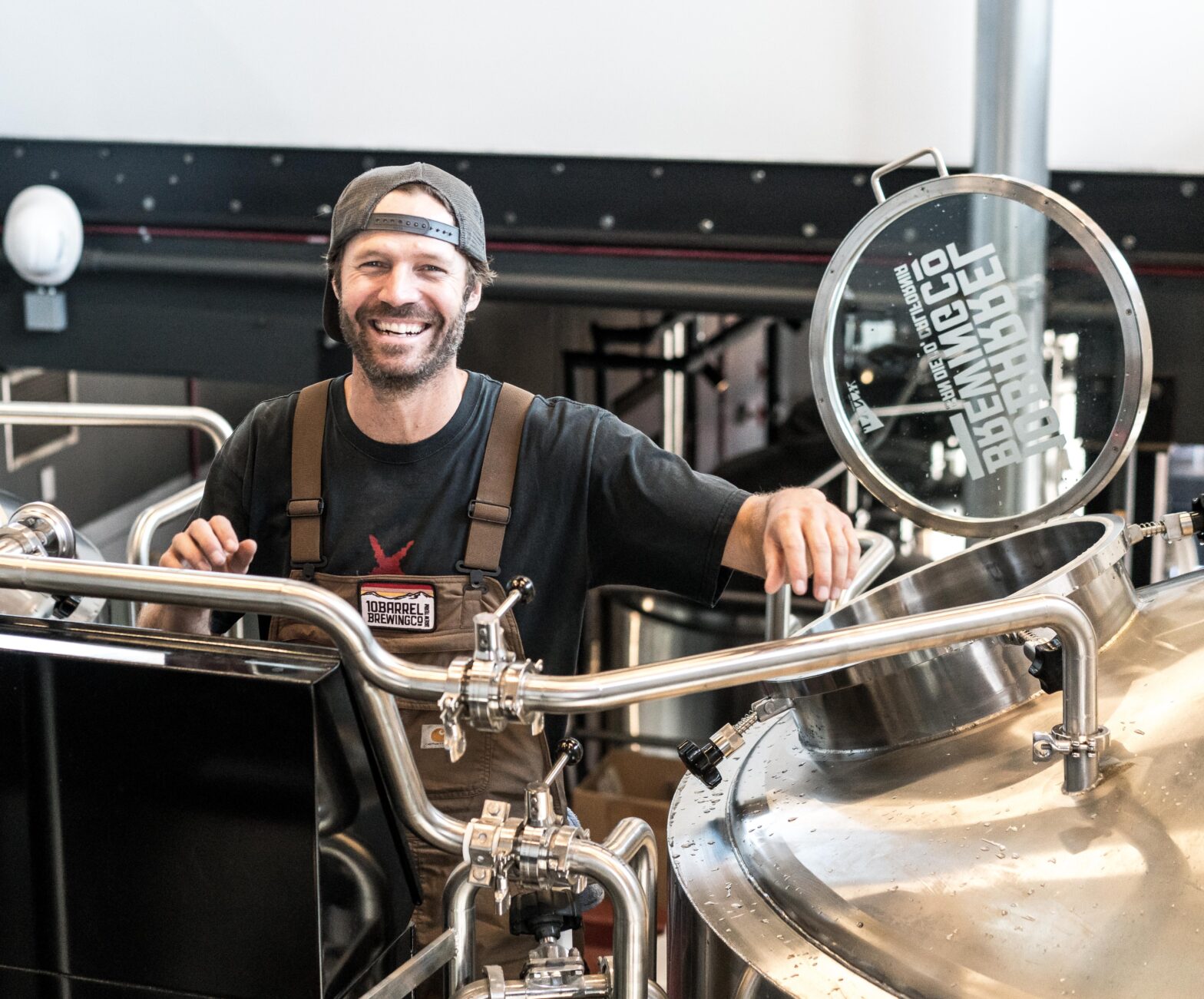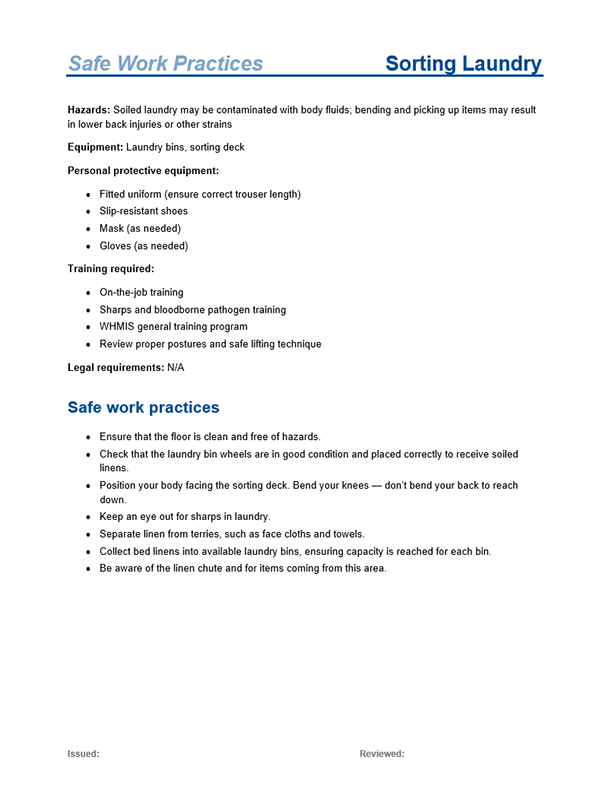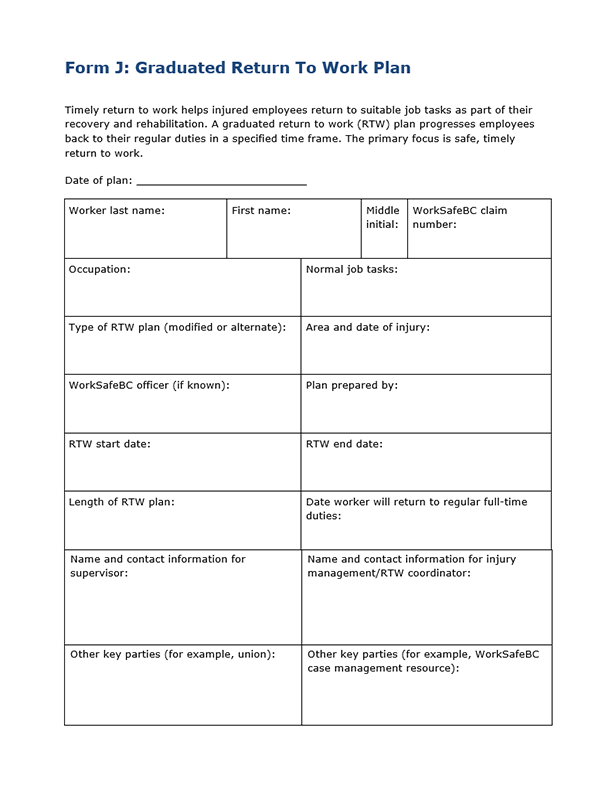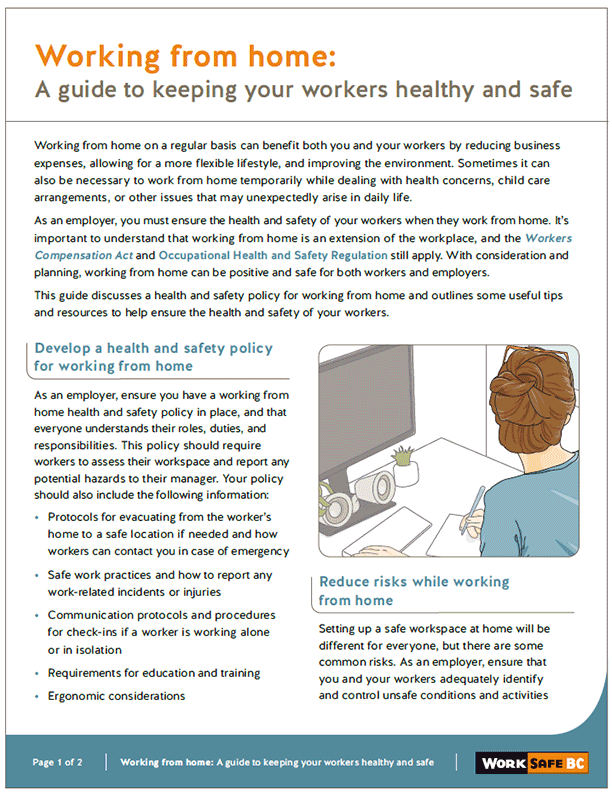July 31, 2017
Five Ways Your Small Business Will Profit by Implementing a Health & Safety Program
If you make only one resolution this year, make it a commitment to create a safer workplace. Not only is it the right thing to do and your legal obligation, but it will also save you money, time and stress that results from workplace injuries.
Just ask Colleen Bednarick, Co-Owner and Manager of Joey’s Only Seafood Restaurant in Vernon, BC. A strong believer in workplace health and safety, Bednarick has experienced the return on investment. “Having a strong, consistent OHS [occupational health & safety] program in place reduces our WorkSafeBC premium rates and reduces the possibility of work-related fines,” says Bednarick.
A strong program also helps to recruit and retain skilled staff, therefore decreasing turnover costs, improving productivity and enhancing the guest experience. “Our staff want to work here because we care about health and safety,” Bednarick comments. But beyond that, her customers also experience the consistency and cleanliness. “If you have a program in place, it flows into the food as well, and my customers come back.”
Especially for small restaurants with limited resources, an accident can be devastating. Just imagine if your chef or one of your cooks gets injured on the job, how will your business run? It makes good business sense to protect your staff from injury and in doing so, your business will reap the rewards.
Following are five key benefits of implementing a successful OHS program:
- Reduce your annual WorkSafeBC premium experience rates. A decrease in your company’s experience rating could lead to a potential reduction of up to 75% of your premiums.
- Lower the indirect “hidden” costs of your workplace incidents. On average, for every $1 of direct costs of an incident, a company will expend an additional $4 in indirect costs. (i.e. impact on productivity, employee morale, replacement costs)
- Avoid potential WorkSafeBC penalties and fines by being in compliance with the legal requirements.
- Save time by having a structured program in place to effectively train staff. By empowering your team with knowledge, it distributes accountability and improves employee confidence, productivity and customer service.
- Obtain up to a 10% financial incentive on your annual WorkSafeBC premiums through COR certification, a program that rewards employers who go beyond the legal requirements.
Bednarick advises that it’s well worth the effort to set up. “Once you invest in it and get it up and running, it doesn’t take much time to see the rewards.”
To get started, employers can leverage the many resources, services and training offered by go2HR, BC’s tourism and hospitality human resource association. To learn more about go2HR’s industry health and safety program, visit go2HR.ca/IHS.
This article may be republished for non-commercial purposes subject to the provisions of the Website Use Agreement. To republish this article, you must include the following notice along with the article: “Copyright © 2020 go2 Tourism HR Society. All Rights Reserved. Republished under license.”
go2HR is BC’s tourism & hospitality, human resources and health & safety association driving strong workforces and safe workplaces that deliver world class tourism and hospitality experiences in BC. Follow us on LinkedIn or reach out to our team.



